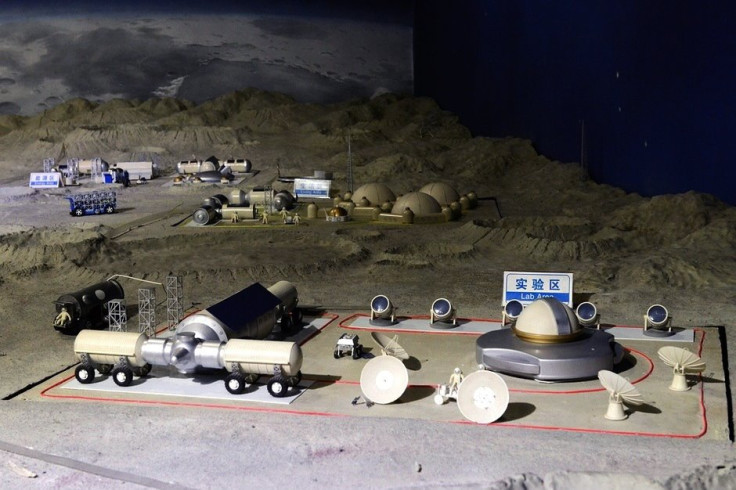Move Aside Nasa: China's Yuegong-1 Simulates Plant Cultivation on the Moon

In the race to make humans self-sufficient in space, China has pulled ahead of Nasa with the development of Yuegong-1 (Moon Palace-1), a lab simulating the cultivation of plants and micro-organisms on the moon.
Three Chinese volunteers have just spent 105 days living in a module measuring 500 cubic metres, feeding themselves by growing five types of grains, 15 types of vegetables including soybean, peanuts, peppers, carrots, tomatoes and coriander, one type of fruit and yellow mealworm for protein.
Yuegong-1 is one of the world's most advanced bioregenerative life support systems, also known as a controlled ecological life support system.
Nasa has announced plans to send plants to the moon next year when the top contenders for the Google Lunar XPrize competition try to make a soft moon landing with their own rovers. The US space agency also wants to grow plants in a greenhouse on Mars by 2021.
Completely self-sufficient
Located in a closed laboratory in Beihang University, a major aeronautics and astronautics research university in Beijing, the module contains two plant-growing labs and a cabin with living quarters, a room for socialising, a bathroom, a room for breeding insects for food and a waste treatment room.
Helping to keep the module running is a system producing water and fertiliser, as well as processing waste and recycling air.
The system's chief designer Liu Hong told China.org.cn that Yuegong-1 is a miniature version of the Earth's biosphere and will make it possible for astronauts to live safely for long periods on space stations without deliveries of supplies.
The participants' waste was turned into fertiliser for the soil in the plant-growing labs, while the carbon dioxide they produced was used to facilitate photosynthesis, with the oxygen produced from the process then pumped back to the living quarters.
Meeting conditions on the moon
China has been working to develop a self-sufficient system since 2004, and in 2012, two test subjects were able to survive for 30 days on the oxygen and food provided by a greenhouse measuring 36 square metres, which was filled with four types of edible plants.
The conditions on the moon make it difficult to grow plants, as temperatures range from between minus -175 degrees Celsius to 120 degrees Celsius, there is low gravity and parts of the planet remain completely covered in darkness for periods of more than 10 days at a time.
China wants to beat NASA to the moon, and the idea of making a completely self-sufficient module capable of sustaining astronauts could potentially save the space industry billions of dollars, as it currently costs the US government between $10,000 - $100,000 to send just one kilogram of food supplies into space.
© Copyright IBTimes 2025. All rights reserved.






















